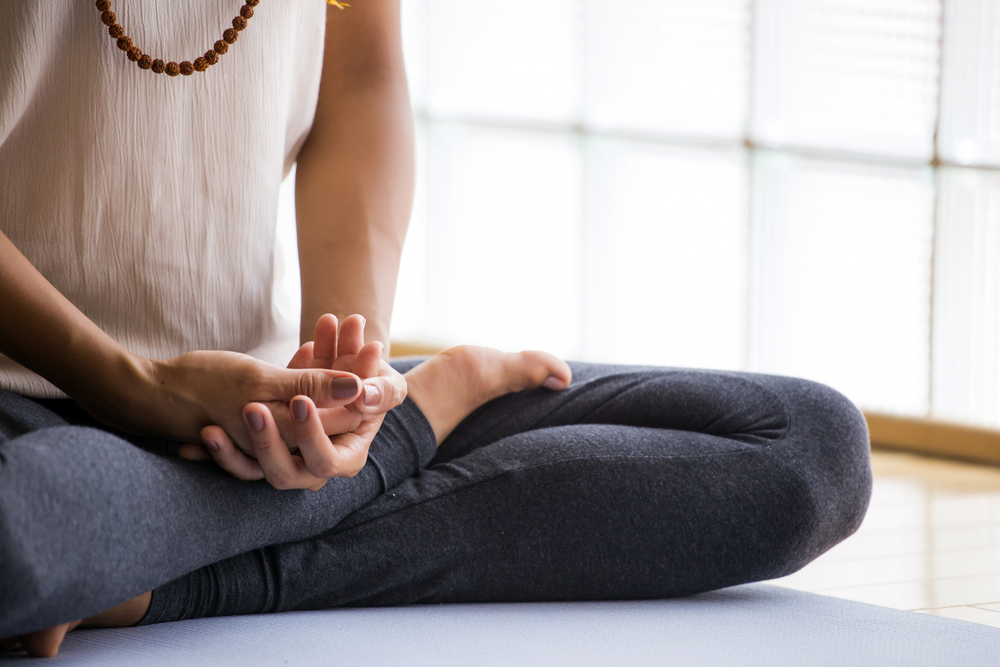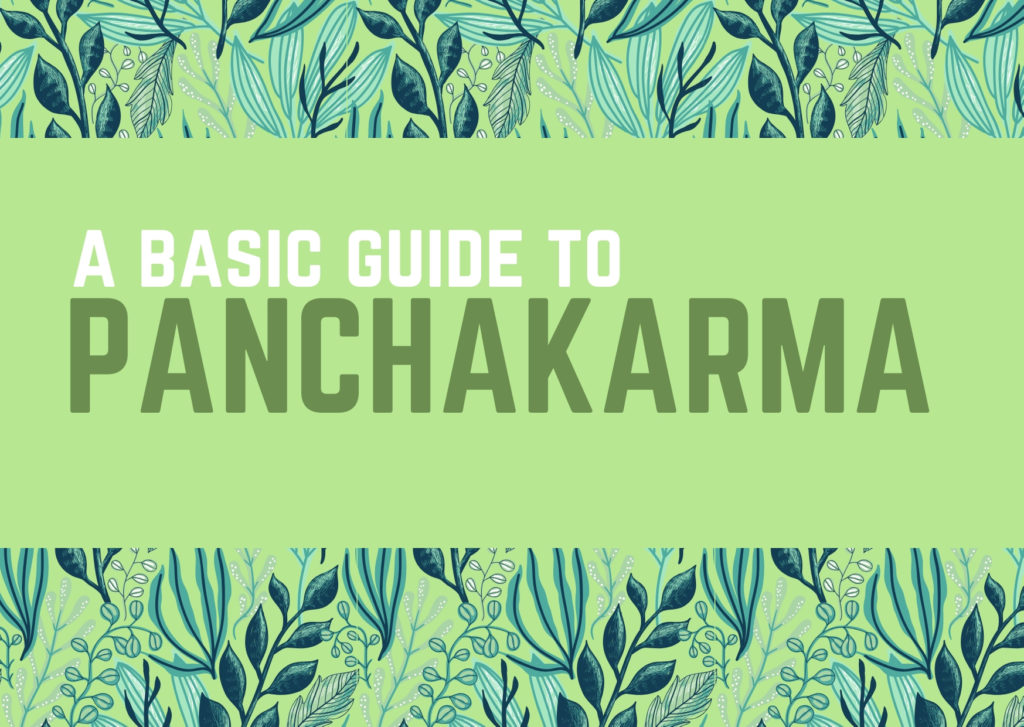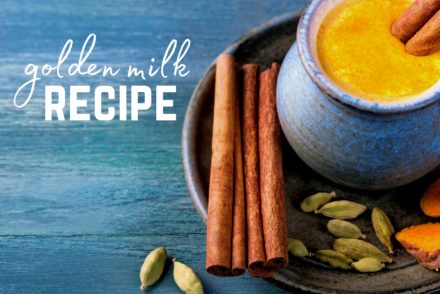What is Panchakarma?
One of Ayurveda’s most famous detoxification processes, Panchakarma is said to restore youth with the help of medicated oils. A special treatment that uses medicated oil massage and herbal remedies to detox the body, it has been practiced in Ayurvedic medicine for centuries. Though it may seem simple, it is a five-step total mind and body rejuvenation experience that heals and eliminates toxins from the system whilst renewing the body’s sense of clarity and inner peace.
As Ayurveda aims to awaken your body’s sense of balance and keep the doshas under control, Panchakarma eliminates impurities through five different purifying and rejuvenating procedures that take place over the course of several days. As each step in the program aims to restore the body’s natural healing ability, after Panchakarma you’re likely to see your general health greatly improve.
In this post, we’ll look to delve into the five natural methods of elimination and explore what exactly Panchakarma is and why it’s practiced in Ayurveda.
Vamanam (Emesis Therapy)
The first step of the process is meant to be supervised by Ayurvedic therapists, and the Vamanam stage is intended to eliminate Kapha which causes excess mucus. As congestion in the lungs can cause bronchitis, coughs, and colds, Vamanam is the best treatment for Kapha-related diseases and ailments that relate closely to this dosha.
Virechanam (Purgation)
This section of Panchakarma aims to eliminate toxic matter from the intestines by administering a therapeutic laxative. A great cure for jaundice and haemorrhoid’s it’s a crucial section of Panchakarma healing.
Aasthaapana/Niruham
During this section of the process, an enema is administered using quath or Kashaya Vasti and is used to combat Vata dominant diseases. Vasti involves the introduction of a herbal concoction into the rectum and aims to relieve constipation, kidney stones, backache, sciatica and other joint pain.
Anuvaasan
This part of detoxification is given to patients suffering from diabetes, anaemia, and obesity. Aiming to also combat Vata aggravated diseases such as paralysis, constipation, arthritis and reproductive disorders there are many people that will benefit from the practice of Anuvaasan.
Nasyam
The final section of Panchakarma is the inhalation of medicated oil through the nostrils and aims to eliminate any excess of humours that accumulate in the sinus, throat, nose, or head areas. During this treatment, the patient’s body is massaged from the shoulder upwards causing it to perspire. During this treatment, the area around the nose, neck, shoulders, palm, and feet are rubbed. Highly beneficial for conditions such as sinusitis, migraines, and chronic colds, it’s a very commonly administered step in Panchakarma.
The above methods are used by Ayurvedic doctors frequently but are certainly not applied to every patient. In fact, it’s very rare for someone to go through all five treatments, as this would take approximately 60 days of supervised Ayurvedic care. As each treatment requires days of preparation, oil massage, steaming and specialised diet, it’s crucial to only undertake necessary treatments.
What should you do prior to Panchakarma?
Before undertaking Panchakarma, you’re recommended to cleanse the body in a process called oleation. A process that involves oiling up the gut from within, you’re advised to only eat kitchari or a simple vegetarian diet for at least a week beforehand with nightly ghee or castor oil to cleanse the bowels and loosen toxins.
What might a typical Panchakarma day look like?
When going through the Panchakarma process, you’re likely to start with some gentle yoga and meditation. After this, you’ll be given a cup of spiced tea with cumin, ginger, cardamom, fennel seeds and other spices and herbs for your dominant dosha. During your treatment, you’re likely to spend time in a steam bath releasing toxins as well as eating a detoxifying meal of kitchari. Reading, meditation and undergoing your treatment will likely be at the forefront of your day with Panchakarma, but of course things may vary depending on your Ayurvedic practitioner!

Some tips for Panchakarma…
Before undertaking Panchakarma therapy, traditional Ayurveda recommends following certain lifestyle and diet guidelines. During the Panchakarma experience, you’re advised to avoid strenuous exercise, loud music, television and other stimulating experiences. Since Panchakarma aims to relax and detoxify, you should take particular care to balance your thoughts and emotions during this time.
I hope that this brief guide to Panchakarma has been helpful.
Whilst its intensity may not be suitable for everyone, it’s certainly an effective Ayurvedic practice that’s worth a go should you wish to take the plunge. As with anything new, we recommend finding an Ayurvedic practitioner or teacher to help advise you more closely, or help educate you in more detail. They may even be able to help you during the period of Panchakarma.





